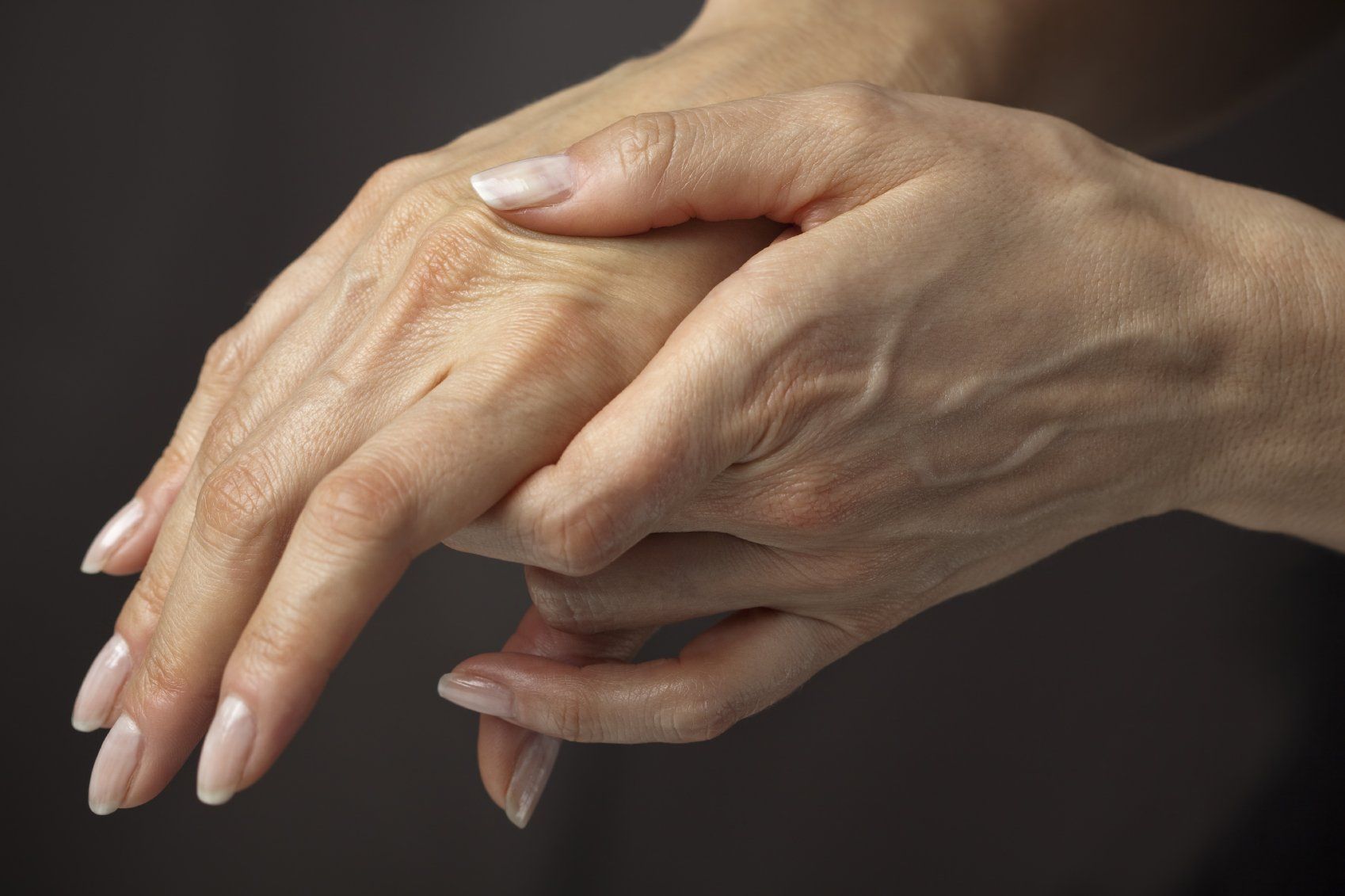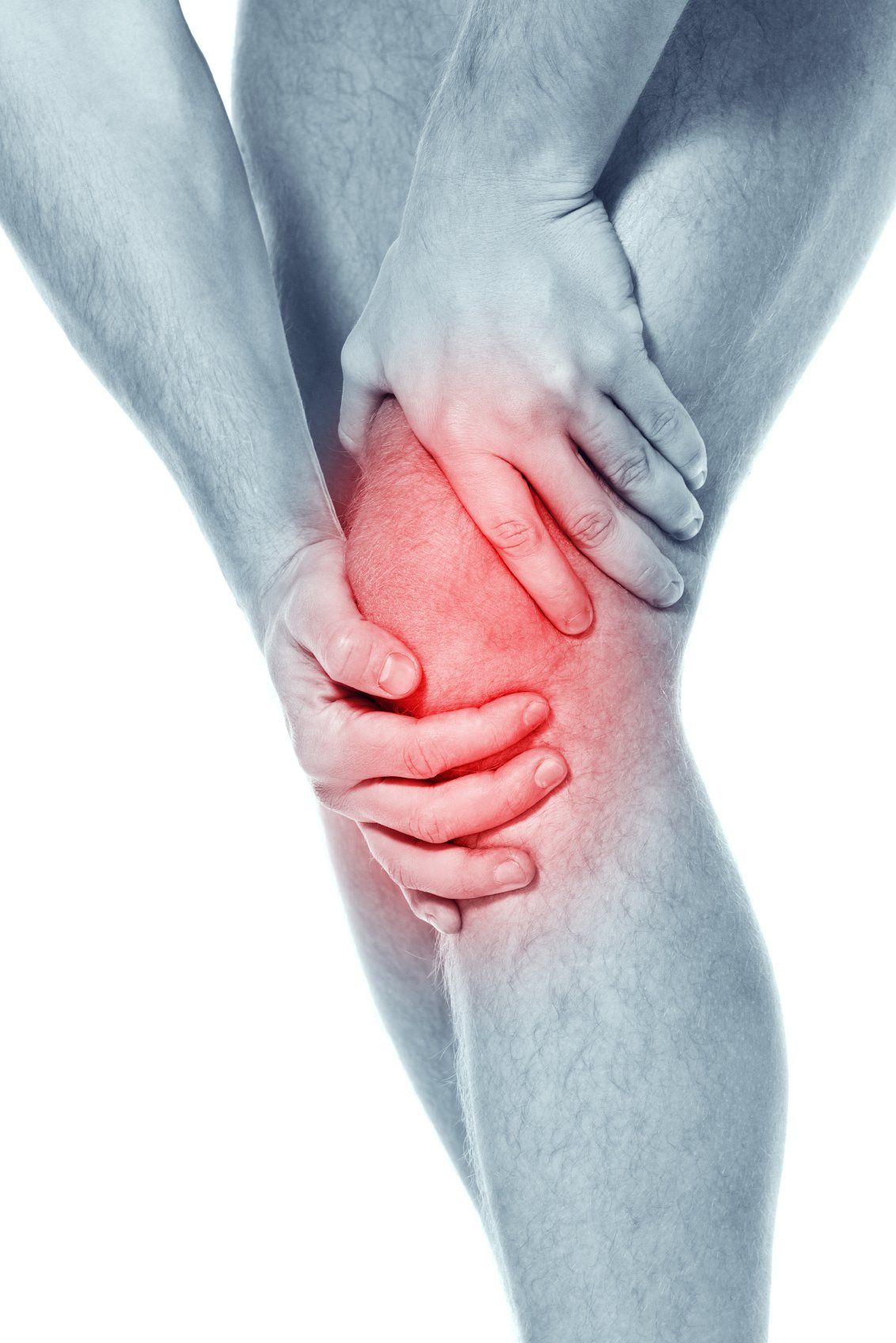Yoga and Arthritis

Cultures around the world, originally in eastern philosophy, have utilized mind body movement exercises for generations for various potential mental and physical benefits. These practices have increased in popularity and scope and are now truly global disciplines such as yoga and tai chi.
Yoga likely was founded in India and entails discipline in physical, mental, and spiritual realms with originally strong followings in the hindu and buddhist doctrines. It has morphed from being tied to a single country and also bypassed religious connotations. The term "yoga" in the Western world often denotes a modern form of hatha yoga and posture-based physical fitness, stress-relief, and relaxation techniques sometimes accompanied with breathing exercises
The focus of yoga in this modern sense is to blend posture based positions/poses to help facilitate exercise for the body and potentially mind. There are
many different disciplines/variations of Yoga with significant fluctuations in their physical demands. Many researchers/physicians attempt to quantify the strenuousness of exercises by their energy cost of exercise commonly measured in
metabolic equivalent of task (MET). Less than 3 METs counts as light exercise; 3 to 6 METs is moderate; 6 or over is vigorous.
American College of Sports Medicine and
American Heart Association
guidelines count periods of at least 10 minutes of moderate MET level activity towards their recommended daily amounts of exercise. For healthy adults aged 18 to 65, the guidelines recommend moderate exercise for 30 minutes five days a week, or vigorous
aerobic exercise for 20 minutes three days a week. Treated as a form of exercise, a complete yoga session with asanas (body posture) and pranayama (focusing on breath) discipline provides 3.3 ± 1.6 METs which would be classified as an average/moderate workout in strenuousness.
There have been several hundred published articles/scientific trials on Yoga and its potential health benefits. Let us focus on some of the data for arthropathy.
In one
randomized control trial by Deepeshwar et al - Sixty-six individual diagnosed with with knee osteoarthritis (ages between 30 and 75 yo) were randomized into two groups. One group would then participate in yoga for 1 week at a yoga center (n = 31) and then a control (n = 35) group who did not participate in any yoga activities. Multiple functional tests were performed on day 1 and then at day 7 - including the Falls Efficacy Scale (FES), Handgrip Strength test (left hand LHGS and right hand RHGS), Timed Up and Go Test (TUG), Sit-to-Stand (STS), and right & left extension and flexion. Results indicated a significant reduction in TUG (p < 0.001), Right (p < 0.001), and Left Flexion (p < 0.001) whereas significant improvements in LHGS (p < 0.01), and right extension (p < 0.05) & left extension (p < 0.001) from baseline was found in the yoga group. This would suggest improved muscular strength, flexibility, and functional mobility in the yoga group.
This was a small study that also was completed over a short time frame (1 week) but did show marked functional improvements. Let us look at more data via a large
review by Haaz et al. Researchers combed through peer-reviewed clinical trials (published from 1980-2010) that used yoga as an intervention for arthritis patients and reported quantitative findings. Eleven studies were identified, including four randomized control trials and four non randomized trials. The trials reviewed data is below in the table.
All trials were small and control groups varied in demographics. Evidence was strongest for reduction in disease symptoms (tender/swollen joints, pain) and disability, as well as improved self-efficacy and mental health. No adverse events were reported in yoga participants and attrition was comparable or better than typical for exercise interventions. The study finding table is below.
So we have some data now that yoga can be beneficial for individuals suffering from various types arthropathy (knee, back, hand) - now let us share some resources on yoga and joint disease:
- The Johns Hopkins Arthritis Center has some great resources and more information on yoga for arthritis including some instructional videos
- The Arthritis Foundation has some information (and videos) on arthritis-friendly yoga poses
- Healthline has some information on several yoga poses to help with osteoarthritis symptoms
- Spine-Health has some information on several beginner yoga poses for lower back relief
Remember if the arthritis pain itself is limiting - you can try an anti-inflammatory (such as Organic Arthritis!) to potentially help you participate in activities such as yoga. As always - thank you for taking the time out to read our blog. Feel free to leave any comments/insights below. Stay healthy, active, and safe everyone!












